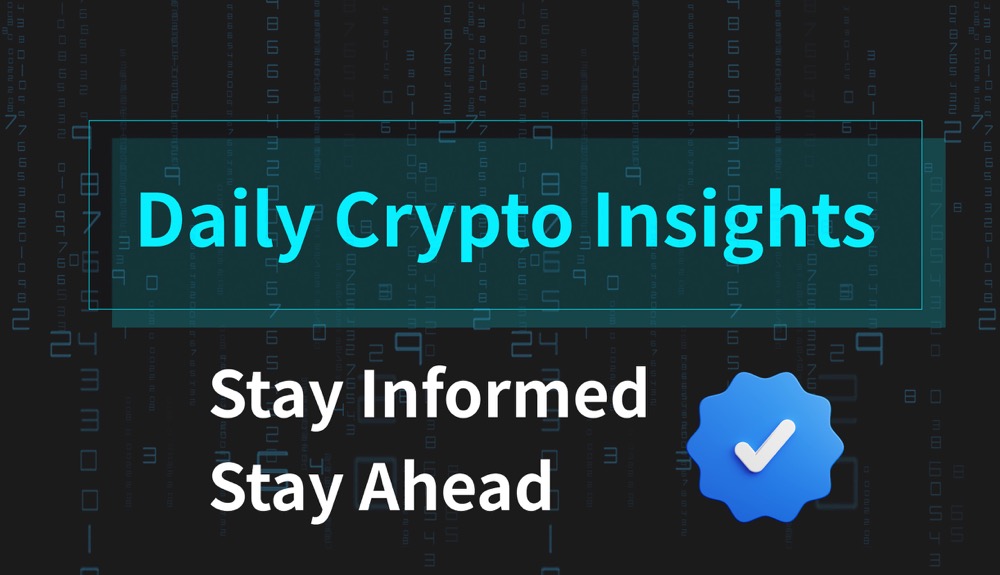Understanding Pectra: Ethereum’s next upgrade
Original author: William M. Peaster, Bankless
Original translation: Deng Tong, Golden Finance
Ethereum is always moving forward.
In March 2024, the network launched the Dencun upgrade. Dencun is a fusion of Deneb and Cancun that aims to significantly reduce L2 transaction costs.
What’s next? Pectra is the next major upgrade to Ethereum and it will be even more important than Dencun.
Scheduled to launch in Q4 2024 or Q1 2025, Pectra combines two previously planned upgrades: Prague (for the execution layer) and Electra (for the consensus layer). Through the merger, Pectra aims to bring multiple ambitious improvements to Ethereum, making it more flexible and optimized than ever before.
What does Pectra contain?

Pectra is more than just a minor upgrade, it’s packed with updates.
Ethereum Improvement Proposals (EIPs) are proposed modifications to Ethereum. They ensure that changes to the network are discussed and agreed upon transparently, with involvement from the community and core developers.
For the Pectra upgrade, there are currently plans to include 9 standard EIPs and one meta-EIP consisting of 11 additional constituent EIPs.

These EIPs include enhancements to account abstraction, validator operations, and overall network performance. Some of the most notable additions are listed below.
EIP-2537 — Introduces precompiles for BLS 12-381 curve operations, making BLS signature operations faster and cheaper, thereby improving accessibility and performance for Ethereum validators and reducing gas costs.
EIP-2935 — Implements saving hashes of previous blocks in special storage slots to improve the efficiency and reliability of verifying Ethereum data before stateless execution.
EIP-7002 — Allows validators to trigger exits and partial withdrawals via their Execution Layer withdrawal credentials, providing more flexible options for re-staking and staking pools.
EIP-7251 — Increases the maximum valid balance of Ethereum validators from 32 ETH to 2048 ETH, reducing the total number of validators required and simplifying the computational load of the network.
EIP-7594 — Introducing Peer Data Availability Sampling (PeerDAS) to further optimize L2 and enhance transaction processing and scalability.
EIP-7702 — Adds a new transaction type that sets an EOA (Externally Owned Account) code during a transaction, allowing regular wallets to be temporarily converted into smart contract wallets to improve user experience.
EIP-7692 — A meta-EIP consisting of 11 constituent EIPs that aims to enhance the EVM Object Format (EOF) to improve contract deployment and execution efficiency.
The New and Improved Ethereum
In the post-Pectra era, Ethereum will meet a wider range of use cases and user needs.
Regular Ethereum accounts will be more programmable, L2 will be more affordable, smart contracts will be more efficient, and validators will be more flexibly managed!
With these enhancements, Ethereum will be better able to handle growing adoption, integrate with other networks, and introduce new features, keeping the platform at the forefront of on-chain innovation.
What happens after Pectra?

While nothing is set in stone yet, the Ethereum community is eyeing the implementation of Verkle trees in the Osaka upgrade following Pectra.
“I’m really looking forward to Verkle trees,” Vitalik said earlier this year. “They will enable stateless validator clients, which can allow staking nodes to run on almost zero disk space and sync almost instantly — a much better user experience for solo staking.”
That being said, each of Ethereum’s next upgrades will significantly improve the chain’s usability for both users and developers. Ethereum can’t be built in a day, but when it comes to building the future-proof network that Ethereum is enabling, slow and steady is the way to go.
Disclaimer: The content of this article solely reflects the author's opinion and does not represent the platform in any capacity. This article is not intended to serve as a reference for making investment decisions.
You may also like
FHE is live! Bullish or bearish? Join to share 24,000 FHE!

BABY is live! Bullish or bearish? Join to share 24,000 BABY!


VIPBitget VIP Weekly Research Insights
The unique value of Proof-of-Work (PoW) tokens lies in their mining mechanism and regulatory positioning. Research shows that mining costs are a defining feature of PoW tokens, involving significant investment in hardware and electricity. When market prices approach miners' breakeven points, miners tend to hold onto their coins in anticipation of future appreciation. This behavior reduces circulating supply, shifts the supply-demand balance, and may contribute to price increases. Regulatory clarity is also critical to the investment appeal of PoW tokens. Both BTC and LTC are classified as commodities by the U.S. SEC rather than securities, which simplifies the ETF approval process. In January 2024, the approval of the BTC spot ETF triggered significant institutional inflows. LTC is currently undergoing the ETF application process. While DOGE and KAS have not yet received formal classification, their PoW nature may position them for similar treatment. Together, these factors enhance market liquidity and attract more institutional investors.
